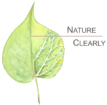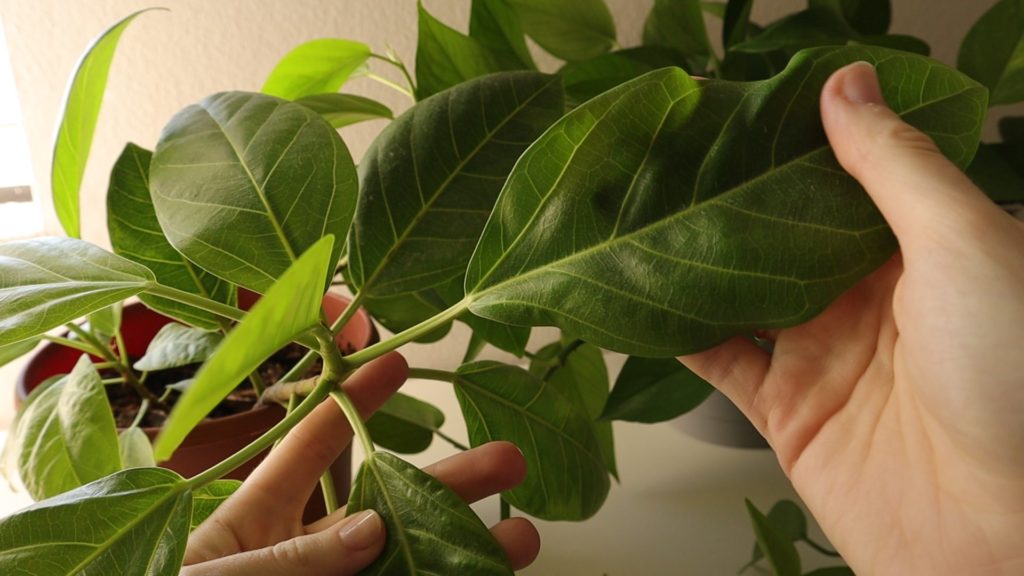Plant leaves take on a wide variety of shapes, forms and colors, and some plants are even missing leaves completely (for example, saguaro cactus)!
Why learn leaf morphology?
Although there’s huge variation among different species, learning some basic leaf morphology is an important starting point for building further knowledge about plants. All of the terms are also important for when you use plant identification keys to find out a species of plant.
Let’s get started!
We start from the point where a leaf comes off the stem. A leaf attaches to the stem at a region called the node. The section between nodes (the bare stem between leaves) is called an internode. You might’ve heard of nodes in connection with plant propagation, where it is usually recommended to “cut the stem just below the node” to root the cutting successfully.
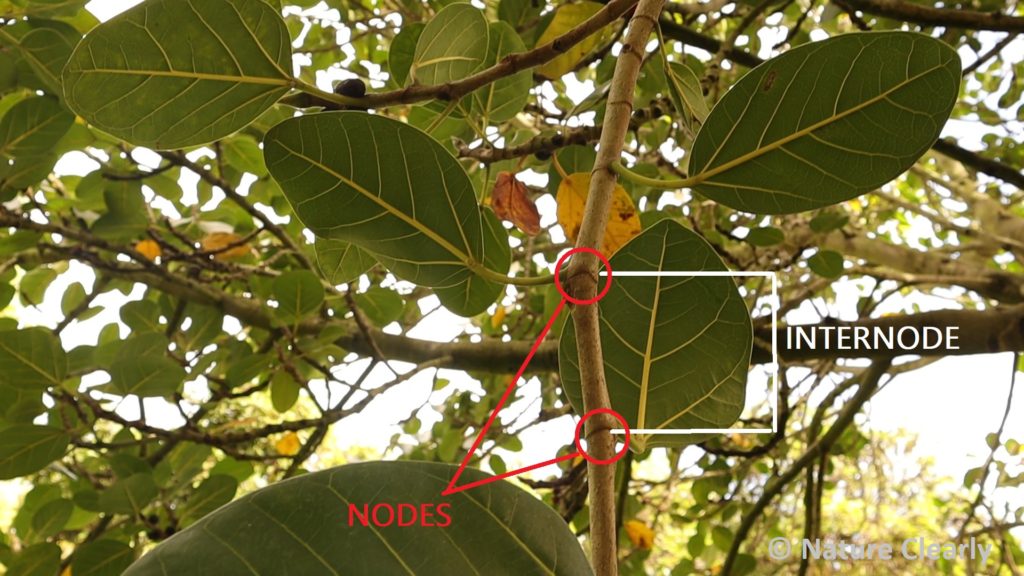
A leaf can be attached to the stem either directly or by a stalk. This “leaf stalk” is called a petiole, and it connects the leaf blade to the plant stem. Petioles are useful for positioning the leaves on a plant in an arrangement where they don’t shade each other too much and all of them get maximum light exposure (this is important for photosynthesis—a process in which plants create food for themselves).
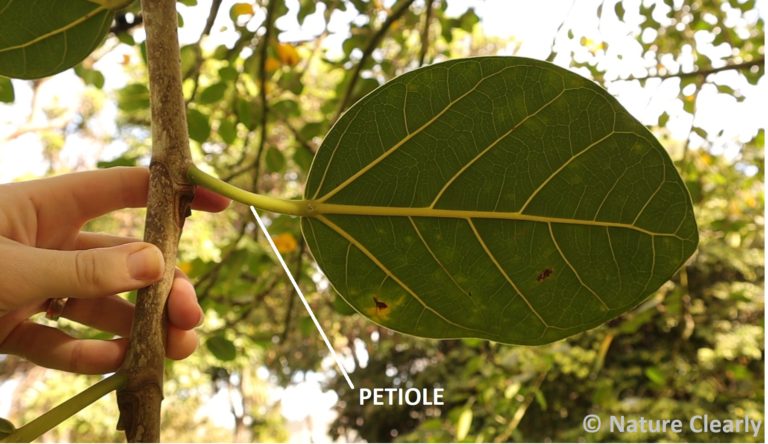
Petioles also vary in appearance: they can be slender, flattened, or thick and fleshy like in rhubarb. Yes, those rhubarb “stalks” we use for cooking and baking are actually petioles!
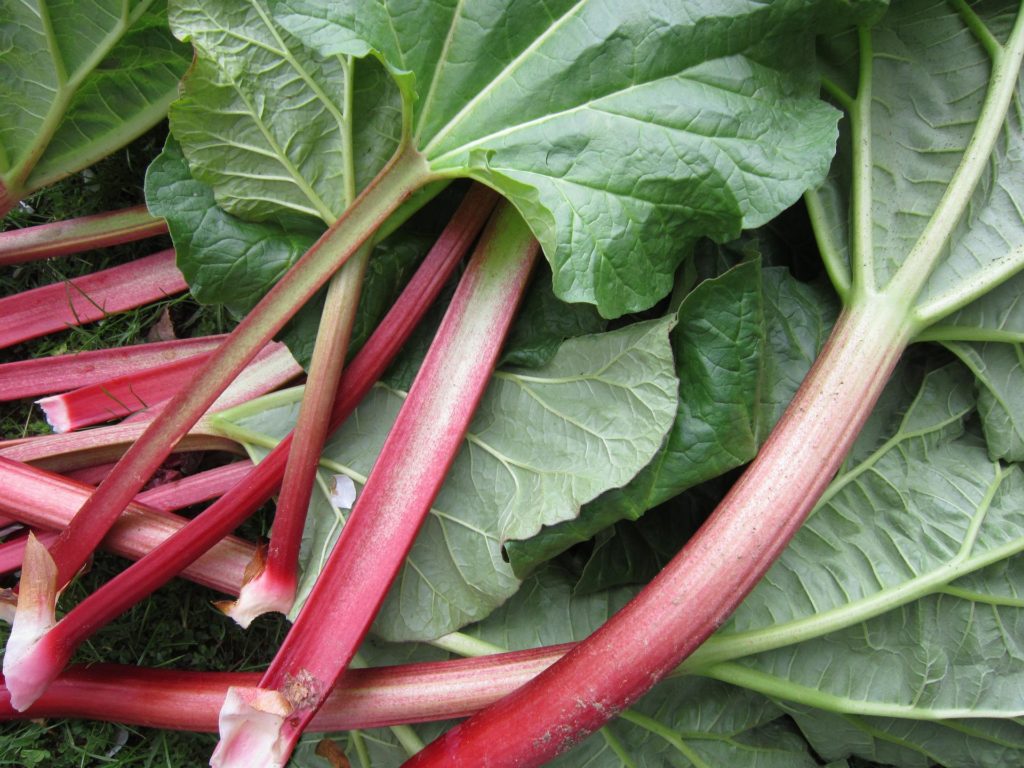
However, some leaves don’t have petioles and the leaf blade attaches to or “hugs” the stem directly. We call these “petiole-less” leaves sessile leaves.

Continuing up the leaf, we arrive at the “main” part—the leaf blade, or lamina. This is the place in the plant where most of the photosynthesis happens, and for that purpose it is usually thin and flat. If you want to learn more about the purpose of leaves, check out our video “Why do plants (not) have leaves?” In this article, we’ll stay focused on leaf morphology.
The size, shape, texture, color and overall look of the leaf blade play a key role in species identification. A leaf blade can be either simple (that’s when it comes in one piece) or compound (that’s when a leaf blade consists of multiple leaflets). Recognizing simple and compound leaves is not always straightforward and it deserves a separate article, so keep an eye out for it in the near future!

The “bottom of the leaf” is called the leaf base and at the tip of the leaf we have a leaf apex.
The leaf margin is also an important feature and it can be smooth, entire, lobed, spiny, wavy, etc.
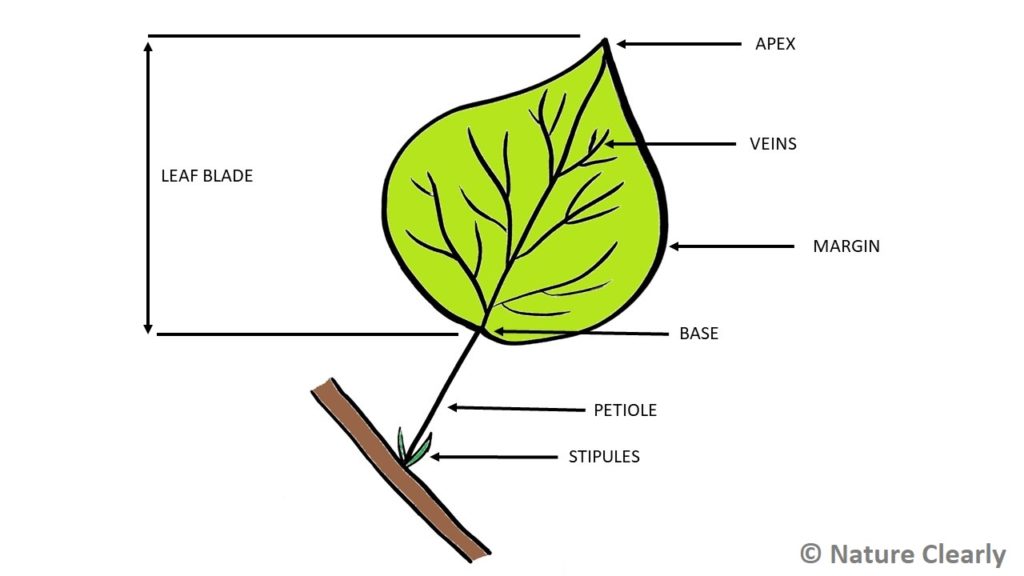
The leaf blade has an upper surface, the adaxial side (“ad” meaning towards the stem), and a lower surface, the abaxial side (“ab” meaning away from the stem). These terms are especially handy for when you go through a plant identification key. Most of the time, these sides look very different from each other. They often vary in color and texture. Notice that on the redwood sorrel (Oxalis oregana), pictured below, the underside of the leaf (abaxial side) is reddish, whereas the upper side (adaxial side) is dark green.
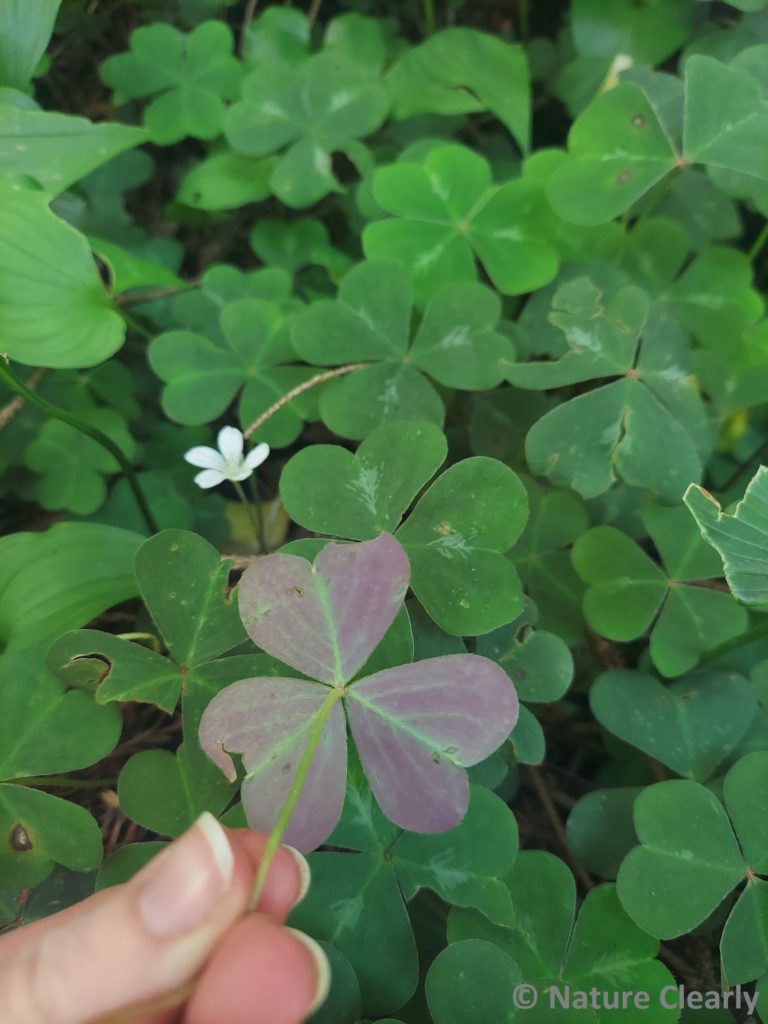
Across the leaf blade is a spreading network of veins. The patterns they create and the arrangement in which they are branching (or not branching) is referred to as venation. Veins serve as physical support for the leaf, creating a “skeleton”, but mainly they help circulate water and nutrients into and out of the leaf. Identifying the venation pattern might also be helpful in determining the plant species.
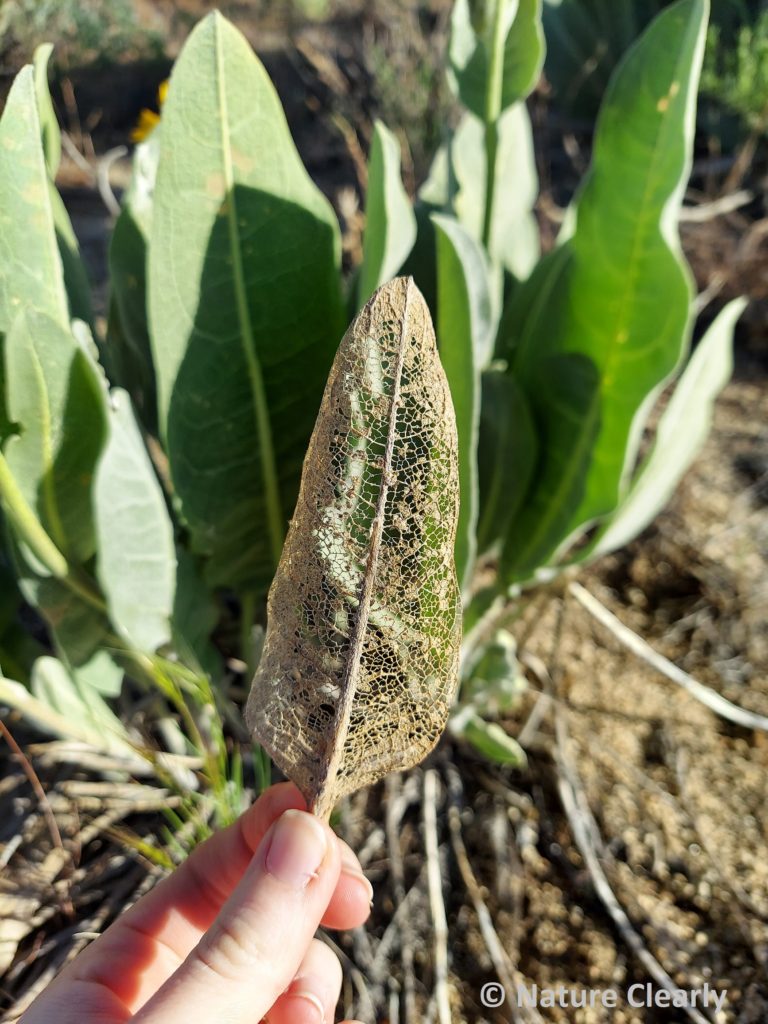
To introduce a final term for our basic leaf terminology discussion, we’ll go back to the place where the leaf meets the stem. Sometimes you might find small projections called stipules, which usually come in pairs. They vary greatly in form. They can be leafy, like in a rose plant, they can look like thin scales or thick knobs, or they can even form glands or spines. It might be tricky to recognize them, but at least you now know where to look for them!
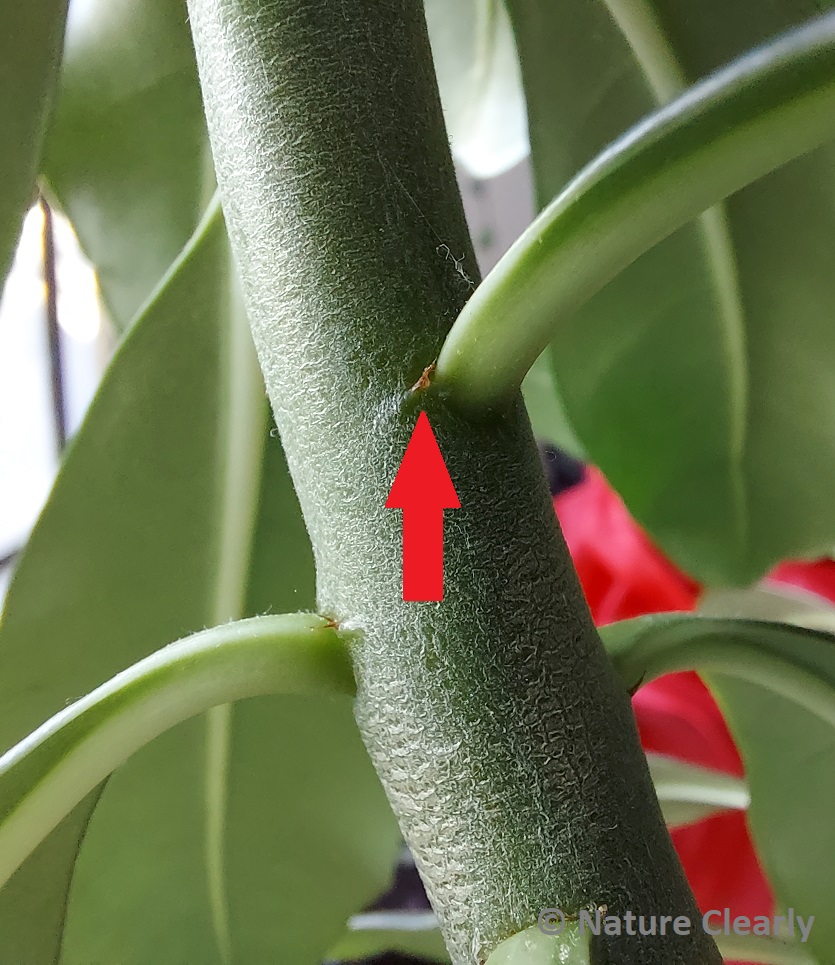
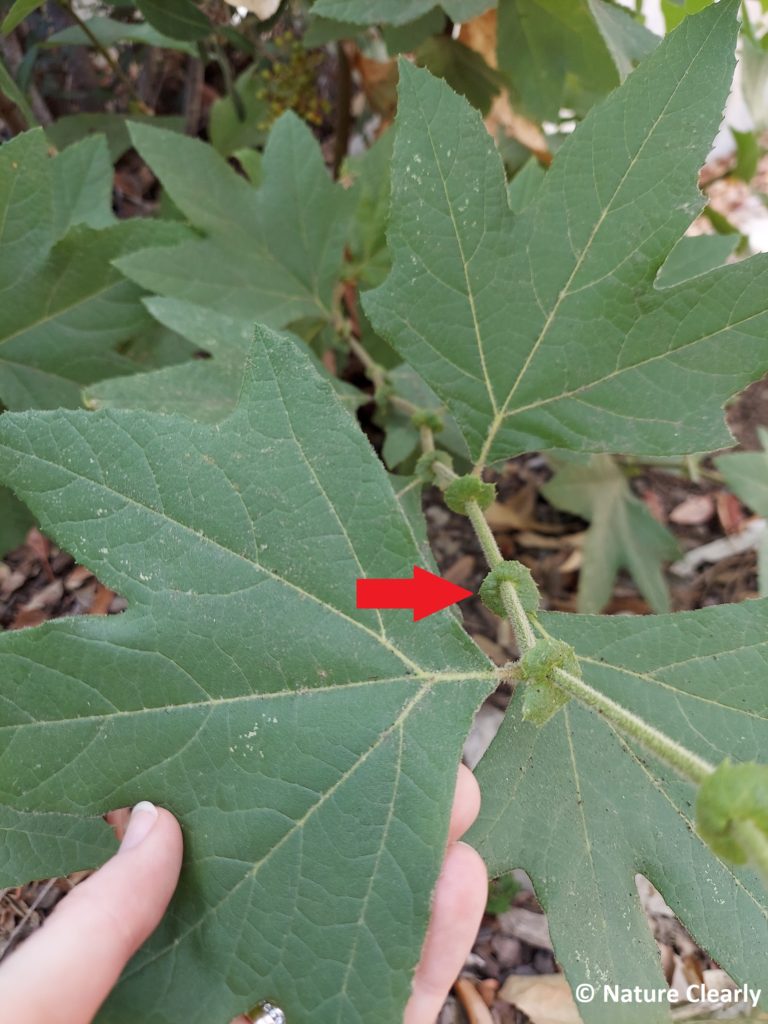
Quiz time!
Now that you’ve learned all these new terms relating to leaf morphology (and hopefully watched the video for even more detailed information), here’s a little quiz to test your knowledge. You can freely download and print the PDF version below. Good luck!

